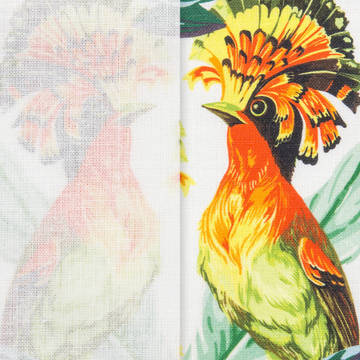Our classic plain cotton is a versatile plain weave fabric.
As one of our best value fabrics, classic plain cotton is popular with customers making craft items for resale with custom printed fabric. Made from 100% cotton, it is breathable making it suitable for some clothing projects too.
The base colour is a natural white and your design is printed using eco-friendly water based pigment inks. Colour can appear a little muted on the classic plain cotton which gives it a natural look with a soft hand.
All our cotton fabrics have been pre-treated to offer excellent wash fastness and durability. Classic plain is a popular choice for customers creating their own custom fabric.







